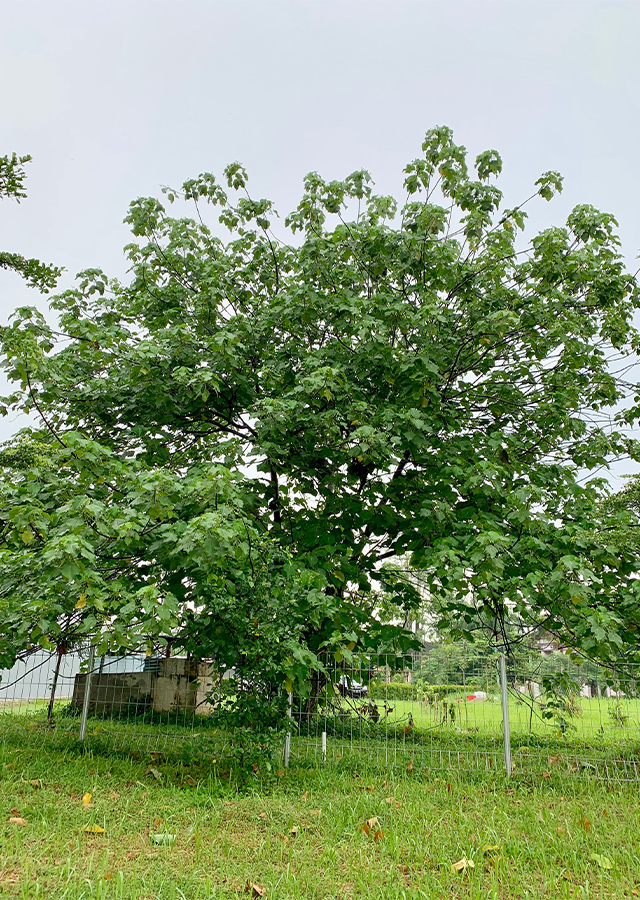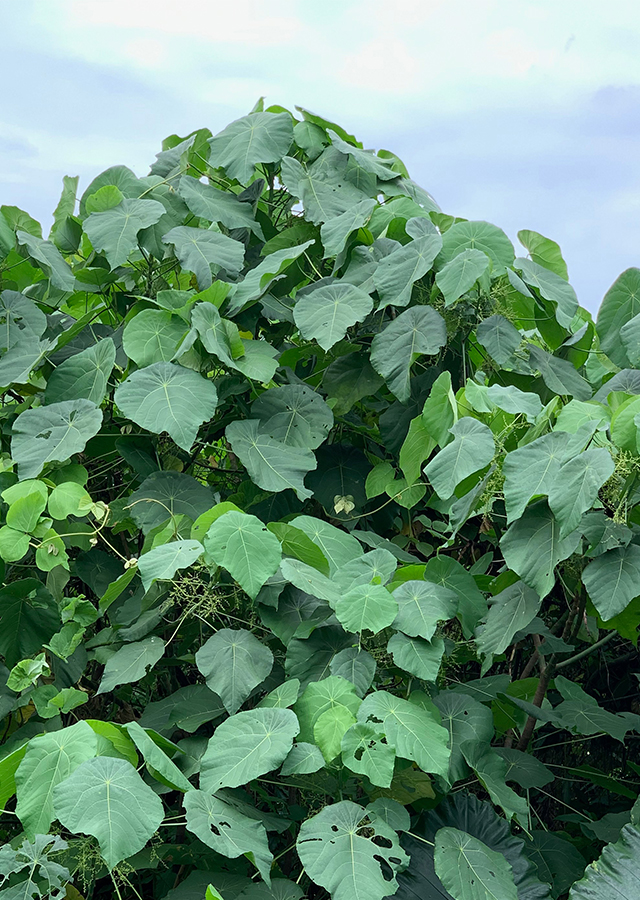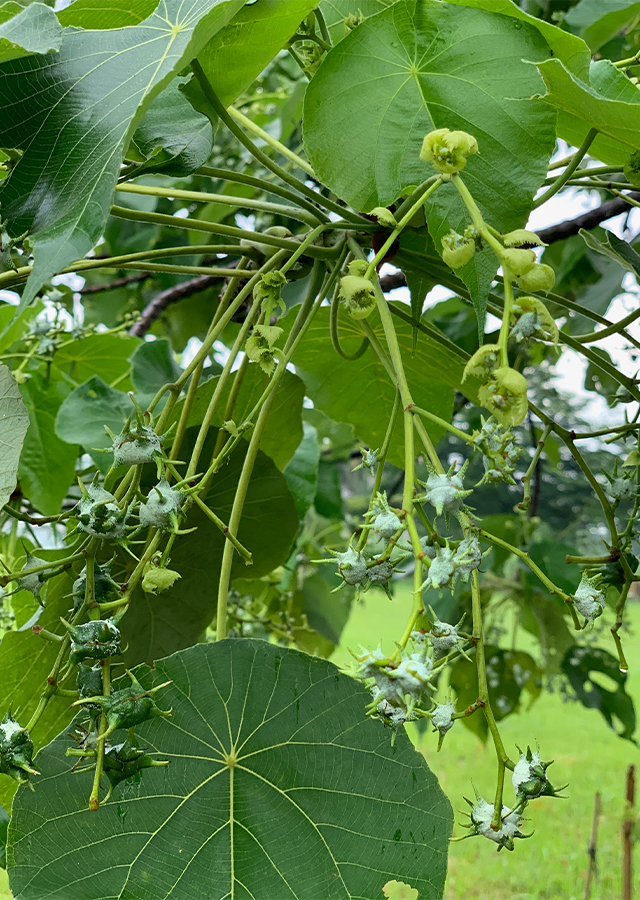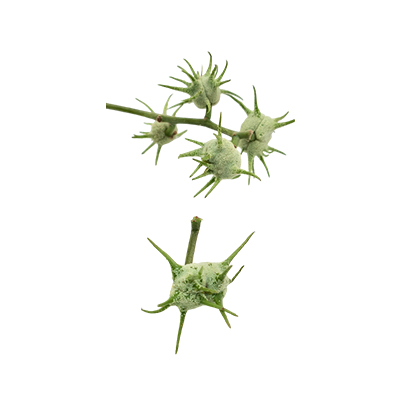Elephant's Ear
Macaranga tanarius (L.) Müll.Arg.
Euphorbiaceae
Location in our garden
Principal



Synonym
Croton laccifer Blanco
Macaranga molliuscula Kurz
Macaranga tanarius var. genuina Müll.Arg.
Habitus
Trees. Fast-growing, dioecious small to medium-sized tree, growing up to 20 m tall
Part Used
Leaves
Bark
Fruit
Roots
Stem
Growing Requirements
Full Sunshine
Habitat
Riverbanks
Forest
Coastal
Grassland
Overview
Native to southeastern Asia, through to Australia and the western Pacific islands, this plant is cultivated in tropical regions throughout the world for a range of uses, including the production of timber, firewood, traditional medicinal products, and shade. It is also used as an ornamental and in reforestation.
Vernacular Names
Hairy mahang (English), Mahang puteh (Malaysia), Binunga (Tagalog-Philippines), Hu chang lek (Thailand), Bach dâu nam (Vietnamese), Sedaman buta buta (Brunei), Tutup ancur, hanuwa, mara (Indonesia), Tabu (Papua New Guinea).
Agroecology
A tropical and subtropical plants, where is found at elevations up to 2,100 m. Usually found at very disturbed vegetation like scrub or abandoned shifting cultivation areas, often along roads, logging areas, or along streams. It prefers a sunny area. Grows wild on clay loam, sandy, and sandstone soils but prefers a well-drained soil. Mean annual rainfall: 1000-2800 mm, Mean annual temperature: 10-30 C.
Morphology
- Barks - surface smooth or rough with lenticels, hoop-marked, stripping off easily, greyish to pinkish.
- Leaves - arranged spirally, simple, often prominently lobed, palmately or pinnately veined, the main veins joined by parallel, concentric veinlets giving the effect of spider-webbing, often peltate.
- Flowers - axillary, paniculate inflorescences, male flowers minute, many in a cluster, with 5-6 stamens, female flowers few in a cluster, with a subovoid, glandular.
- Fruits - leathery or woody, often shouldered capsule, smooth to variously spiny, splitting into 2-valved parts leaving the central column, few-seeded.
- Seeds - black, often with a thin orange to red aril, 5 mm in diameter.
Cultivation
By seeds - when sown with the adhering pulp, the seed have a germination rate of about 50% in 24-72 (max. 265) days. Seed viability is reputed to be poor in ambient conditions.
Chemical Constituents
Alkaloids, flavonoids, phenolic, steroids, tanarifuranonol, tanariflavonona, tannins (mallotinic acid, corilagin, macarinin A, geranilin, mallotunin), terpenoids, macatanarin D.
Traditional Medicinal Uses
- Philippines: the powdered root is used as an emetic and a decoction also to treat haemoptysis.
- Moluccas (Indonesia) and New Britain (Papua New Guinea): the leaves have been used as an abortifacient and to treat dysentery internally.
- Peninsular Malaysia: internally, pounded leaves are used to wounds, and a root infusion is used to cure fever.
- Brunei: smoke from burning leaves is said to be a widespread disease.
Part Used
Reference Sources
- Purwaningsih; Sukardjo S, 1991. Macaranga tanarius (L. Muell.) Dye and tannin producing plants. PROSEA 3 [ed. by Lemmens, R. H. M. J. \Wulijarni-Spetjiptoed, N.]. PROSEA Foundation. Bogor, Indonesia
- Agroforestry database 4.0. 2009. Macaranga tanarius. http://apps.worldagroforestry.org/treedb2/AFTPDFS/Macaranga_tanarius.PDF.
- Invasive Species Compendium. 2021. Macaranga tanarius. https://www.cabi.org/isc/datasheet/32763.



